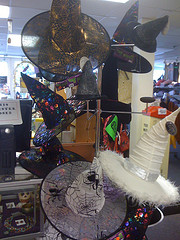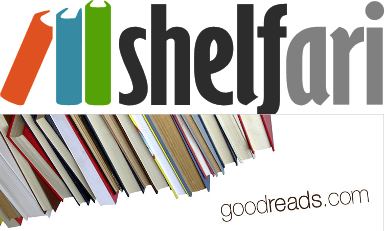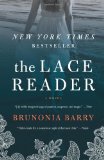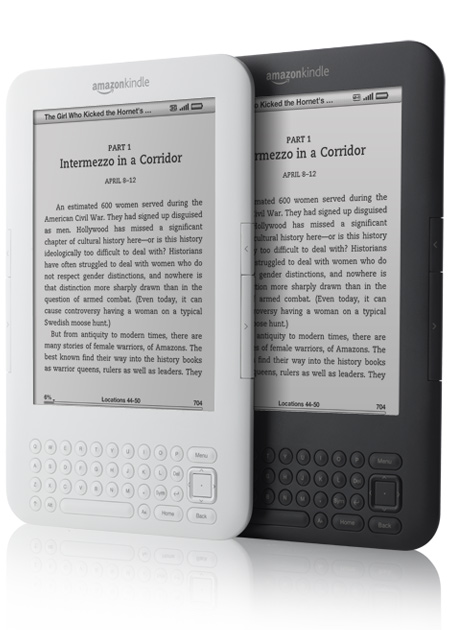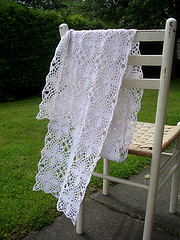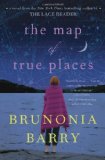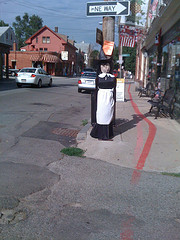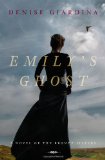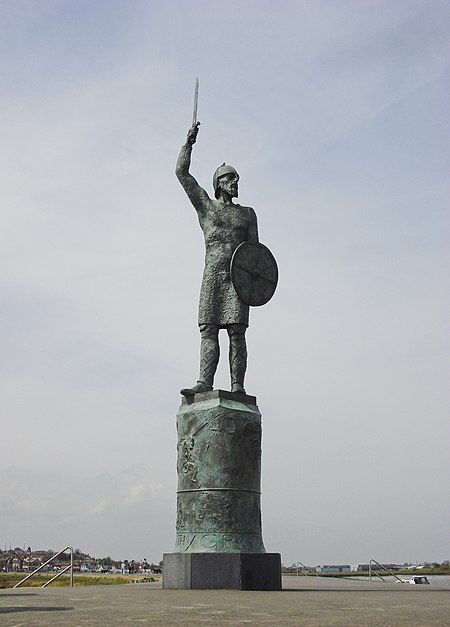 Have you ever heard of the Battle of Maldon? It happened on this date in 991 when Vikings invaded Essex, inspiring an Old English poem that influenced the writing of J.R.R. Tolkien.
Have you ever heard of the Battle of Maldon? It happened on this date in 991 when Vikings invaded Essex, inspiring an Old English poem that influenced the writing of J.R.R. Tolkien.
August 12 marks the birthday of the former British poet laureate Robert Southey 1in 1774. I always remember an Introduction to Literature professor I had freshman year of college tried to tell us Southey was the father of Frankenstein novelist Mary Shelley. Nope. William Godwin was. August 12 also marks the anniversary of the deaths of poets William Blake in 1837 and James Russell Lowell in 1891 as well as the death of Thomas Mann in 1955 and Ian Fleming in 1964.
August 13 marks the anniversary of the death of H. G. Wells in 1946.
August 14 is the birthday of American romance novelist Danielle Steele.
August 15 marks the anniversary of the death of Duncan at the hand of Macbeth and Macbeth himself 17 years later at the hands of Malcolm (Máel Coluim mac Donnchada). Shakespeare telescopes these events in his play Macbeth. Sir Walter Scott was also born on that date in 1771 and Stieg Larsson in 1954.
August 16 marks the birthday of T. E. Lawrence in 1888, Georgette Heyer in 1902, and Charles Bukowski in 1920. British poet Andrew Marvell died on August 16 in 17678. August 16 also marks the anniversary of the date in 1949 when Gone With the Wind novelist Margaret Mitchell died after injuries suffered when she was hit by a car on Peachtree Street.

